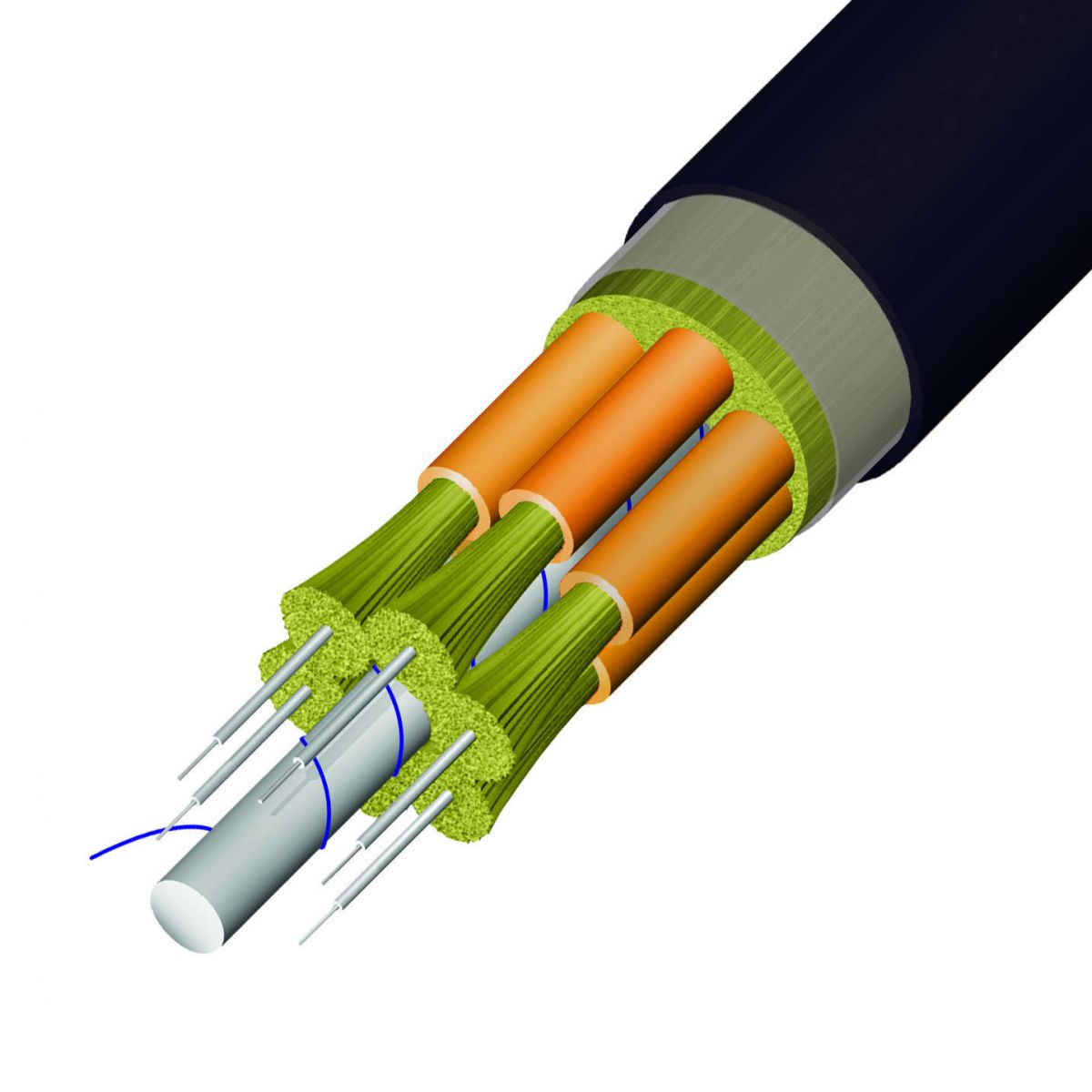
By Admin
August 13, 2020
Advantages of Using Fiber Optic Cables
Advantages of Using Fiber Optic Cables
Fiber optic cables are capable of carrying communication signals by utilizing light generated by laser or light-emitting diodes (LEDs). There are typically two kinds of fiber cables are called single mode fiber optic cable and multi-mode fiber optic cables. A fiber optic connector supplier usually deals in a varied kinds of fiber optic products. There are numerous companies engaged in manufacturing fiber optic products to provide a vast array of connectivity solutions such as fiber optic splitters, fiber optic distribution cable, fiber optic connectors etc. Single mode fiber optic cables are composed of very thin glass strands. They generally use wave division multiplexing to make light at be sent across the strand. WDM allows light at multiple different wavelengths to be combined and later separated for transmitting multiple communication streams through a single light pulse. Fiber cables are considered better alternative to traditional cabling for its multitude of benefits:
- Single mode fiber optic cable has high capacity and is often rated at 10 Gbps, 40 Gbps, and even 100 Gbps. Fiber optic cables usually have a large capacity to carry high speed signals over longer distances without repeaters than other types of cables. It doesn’t mean they have infinite bandwidth, but it is certainly greater than coaxial cables.
- Traditional cables usually require protective shield to prevent electromagnetic interference. However, fiber optic cables do not require any such shield and is capable of avoiding most such issues since signals are transmitted as light instead of current. They are capable of carrying signal through even those places where EMI would block transmission.
- Electronic signal transmission can be really dangerous at times. Sometimes sparks created by electronic potential may lead to a big explosion. Fiber optic cables do not produce sparks and are safe alternative as they don’t carry current.
- Wire cables are usually rigid and thick and hence, are difficult to install in existing buildings. On the other hand, fiber optic cables are smaller and flexible and are easy to install anywhere. They are also easy to use in temporary or portable installations.
- Single mode fiber optic cable is durable, so you don’t have to worry about replacing them frequently as in case of cooler wires. They are also less prone to damage and breaker age and hence serve for a longer time. Fiber optic cables have less signal loss or low attenuation.
Hence, fiber cables are used by varied industries as it leads to greater ROI. Whether you are planning a new network cable installation or considering upgrades to an existing network, it is recommended to look for reputed fiber optic cable supplier for reliable fiber optic solutions.